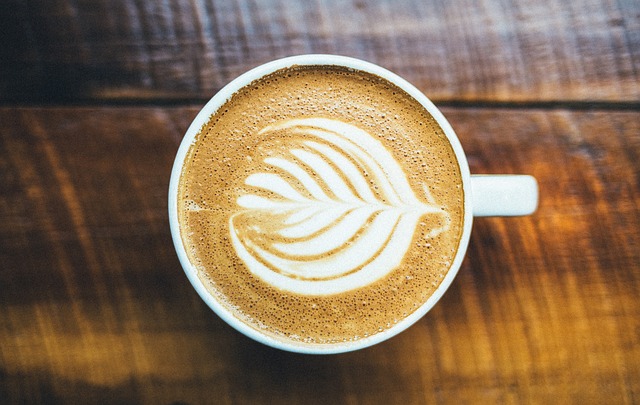
HOW EUROPEANS TAKE THEIR COFFEE
It’s international coffee day today! So we decided to devote a whole blog post to coffee, one of the essential ingredients in ELM’s productivity and success. We decided to do this because on Monday we ran out of coffee beans, and this made us realise just how much we really love coffee.
At breakfast with toast, maybe a cigarette, after lunch, or even just by itself, many people drink coffee their own style and thus enjoy it in different ways. To many, drinking coffee has become something of a habit. We will discuss some of the most amazing ways of preparing coffee, and also coffee drinking customs in different European countries.
A little bit about coffee
Coffee is evidently one of the most popular beverages in the world, with an estimated 2.2 billion cups of coffee consumed globally every year. It is believed that coffee first emerged in the Ethiopian province of Kaffa, and was later introduced to the Arab world through Yemen and Egypt. In the 16th century, coffee reached the shores of Italy, as Venetian merchants often traded with Egypt and the Middle East. The first to trade coffee on a large scale were the Dutch. They smuggled coffee seedlings from Mocca, Yemen into Europe. The Dutch ended up cultivating coffee in Java and started exporting it to the Netherlands.
The top coffee-drinking countries are the Scandinavian countries in Northern Europe. Finland has the highest per capita consumption of coffee, with a staggering 12 Kg of coffee per person annually.
5 Ways of preparing and drinking coffee in Europe
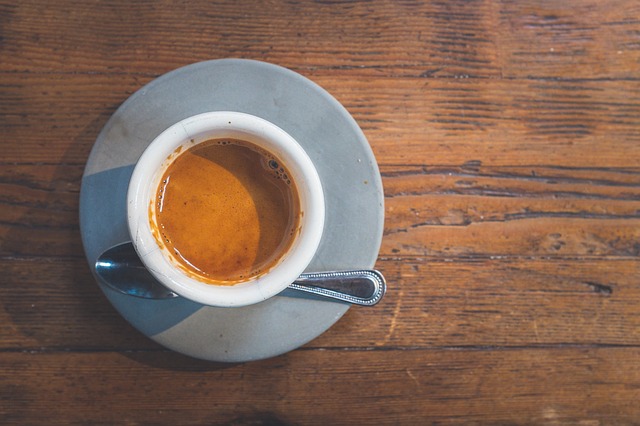
Invented in 1884 in Italy, espresso is made by forcing pressurised hot water through finely-ground coffee. The espresso is the base ingredient for some of the most famous and popular coffee beverages: cappuccino, latte, macchiato, and mocca.
Unlike a cappuccino, there isn’t a particular time of the day or way of drinking espresso. The rule is basically that after 12 pm you do not order coffee with milk in it. They consider it to be a morning drink. Espressos are now drunk all over the world and are certainly one of the most famous coffee beverages in the world.
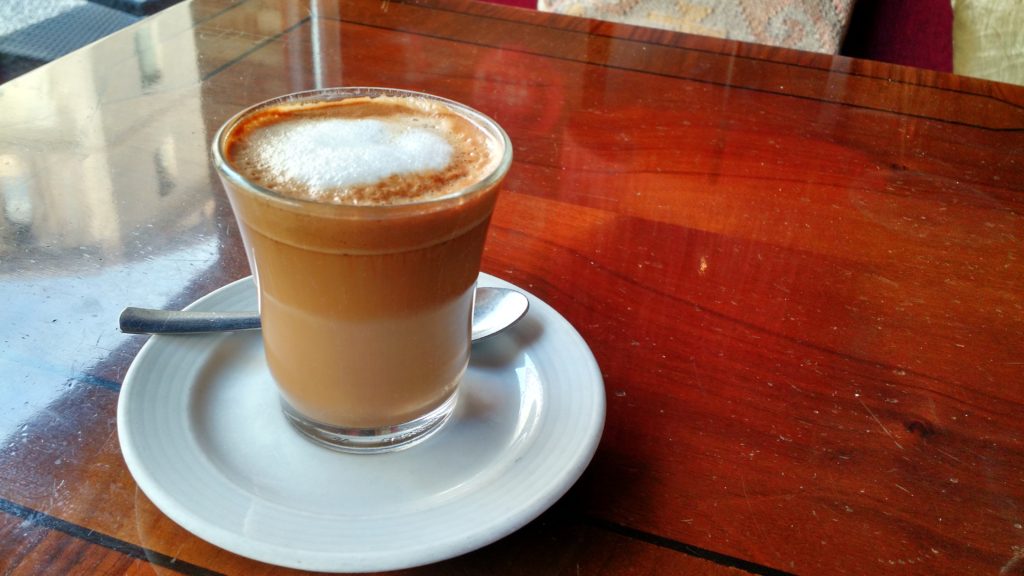
The Cortado is a very popular drink in Spain (and Portugal) based on an espresso, whereby a they add bit of warm milk to reduce the acidity of the coffee. People in Spain normally drink it at breakfast and during “La Merienda”, where they have a coffee and a little snack between lunch and dinner, comparable to tea time in England but much later (around 5 to 7 pm), which is normally after having a “siesta”.
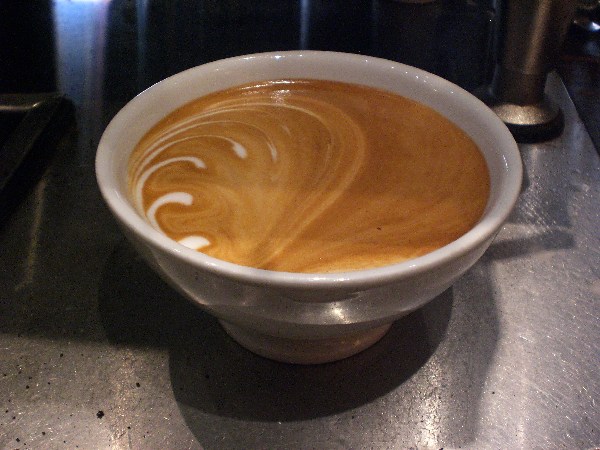
The typical morning drink of the French. Café au lait is prepared with equal amounts of coffee and steamed milk mixed in a bowl. It is tradition to pour both the milk and the coffee into the bowl at the same time, avoiding any layering between the coffee and milk. In America and other parts of the world it is common to see it served in a cup, almost becoming a café latte. The main difference between a latte and a café au lait is that a latte is made with espresso, instead of strong coffee, as is the case with the café au lait.
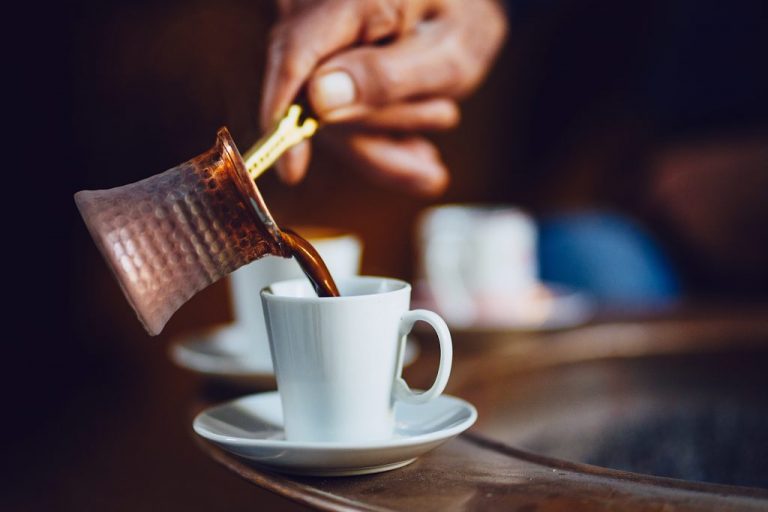
“To drink one cup of coffee together guarantees forty years of friendship” as the Turks say. This saying shows that drinking coffee was a traditional ritual in Turkey. Since its introduction to Istanbul in 1555 by Syrian traders, coffee became fully integrated with Turkish society. Türk Kahvesi is prepared by using a small boiling pot or cezve, where finely ground coffee is boiled while adding sugar to it. There are six degrees of sweetness, from extremely sweet to black. No sugar is added after preparation, making the use of spoons unnecessary. The result is a very strong, thick and concentrated coffee.
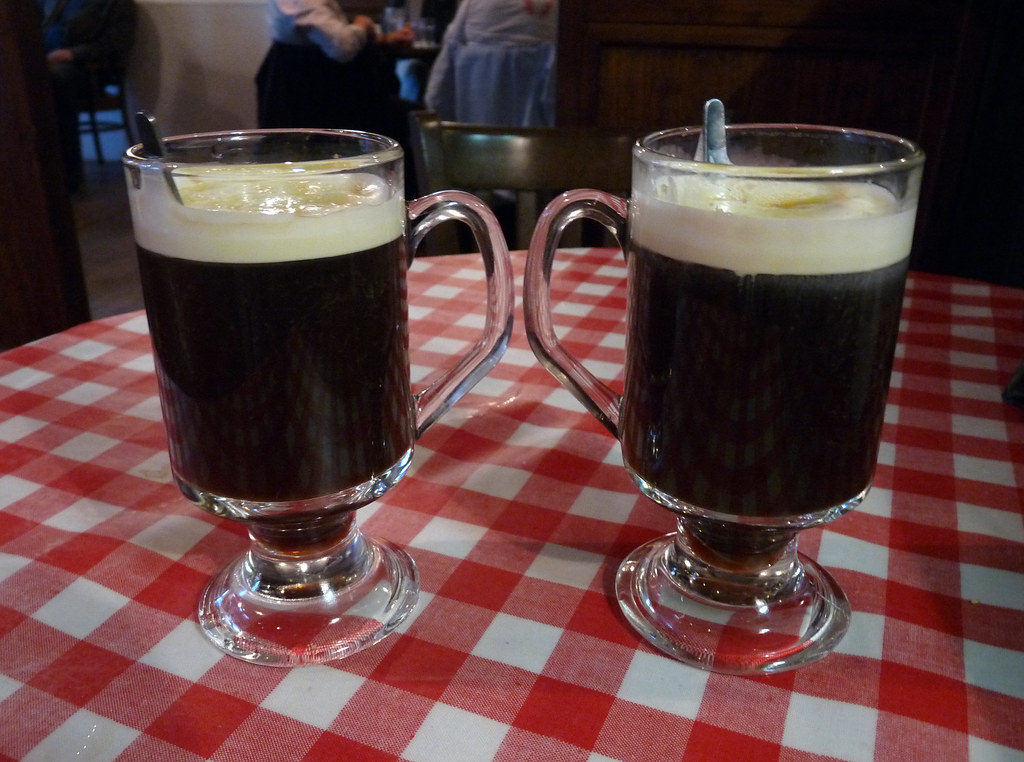
More commonly known as Irish coffee, this particular beverage is undoubtedly different to the previous ones in that it contains alcohol in Irish whiskey. An Irish coffee is not drunk from a cup, but from an Irish coffee mug or glass. To prepare an Irish coffee you need to pour the coffee into the mug and then you add the whiskey and sugar. The sugar makes the heavy cream that you are going to add later stay floating on top. Obviously Saint Patrick’s Day is a great time to order an Irish coffee. Joseph Sheridan, head chef at Foynes in County Tyrone, Ireland invented the drink.
How do you take your coffee?
ELM Team
